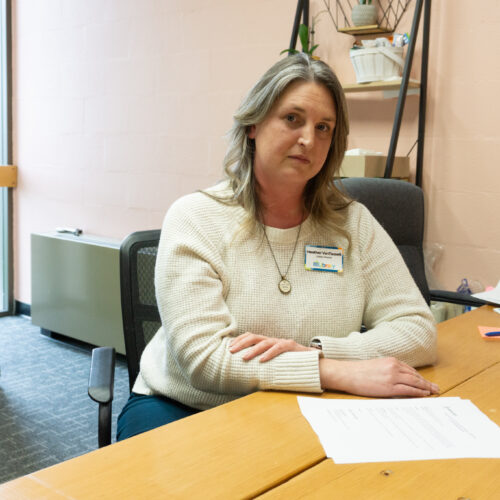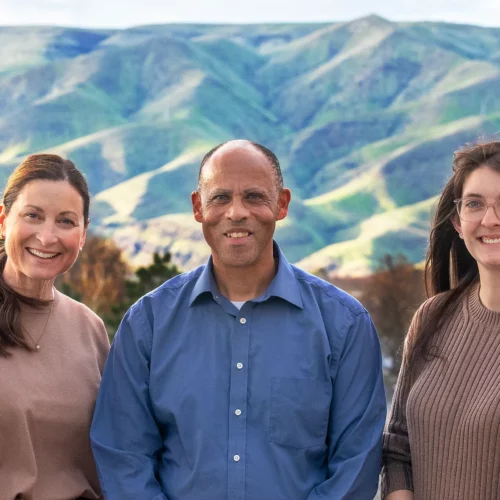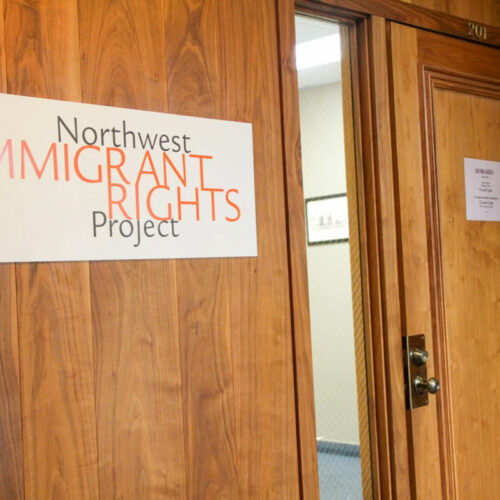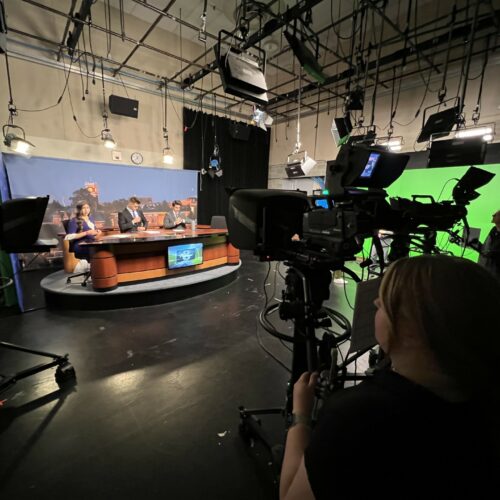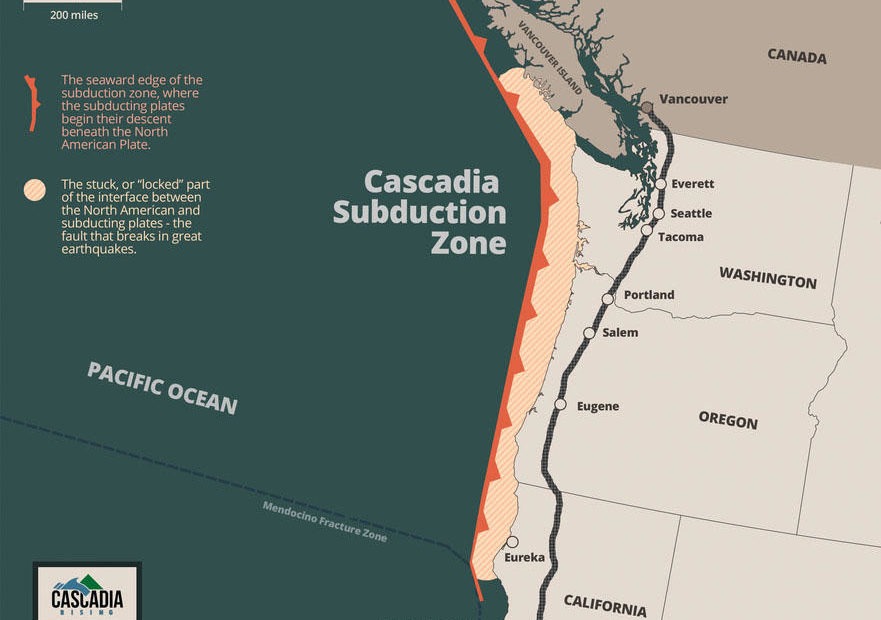
Northwest States Write Up Wake Up Call For ‘The Big One’
The report cards are in and it’s not pretty if you worry about how you’ll fare after a magnitude 9 Cascadia megaquake and tsunami. Washington and Oregon’s emergency management divisions have now published after-action reviews of last June’s multi-state disaster drill called Cascadia Rising .
The four-day simulation was the largest earthquake and tsunami exercise Northwest states have ever staged — more than 20,000 people participated. The upshot in one sentence is that governments at all levels are ill prepared and ill equipped for The Big One.
Oregon Emergency Management Director Andrew Phelps said a high priority for him is to improve communication capacity for when telephones and the internet are down.
“We’re looking at amateur radio as a way to increase our alternate methods of communication and then seeing what else is out there,” he said.
Washington’s Emergency Management Division also noted a need for professionals and volunteer radio operators to practice together more. Phelps said you may help your own cause and your neighborhood’s by qualifying for an amateur radio license — also known as ham radio.
Another issue identified for priority attention was how to receive and distribute emergency relief supplies coming from outside the disaster zone. During last June’s exercise, the process of requesting and organizing vital outside aid quickly broke down.
“The exercise showed that there exists no integrated plan among local, tribal, state, or federal agencies to manage the staging and further deployment of intrastate mutual aid response resources into Oregon following a catastrophic event,” read one of the observations in Oregon’s post-game analysis.
A catastrophic earthquake with millions of displaced people would require a massive response from outside the affected region. Emergency planners concluded that they need to develop a more robust plan for how to “push” aid out to wide areas where the local capability to request and manage relief would likely be compromised.
“I am encouraged by the momentum this exercise has created,” Phelps wrote in a forward to his agency’s 42-page After-Action Report.
The analysis also reiterated a previously identified weakness in fuel storage and distribution. Lack of fuel “would significantly impair statewide response and life sustainment operations immediately following a catastrophic earthquake, and significantly delay the start of immediate recovery efforts,” the Oregon report concluded.
Another takeaway made most strongly in Washington state’s After Action Review is that regular people need to do more to prepare and not assume that civil authorities will be around to help in the early going after a catastrophic earthquake.
One change you may have noticed even before these formal reviews were completed is new public messaging that increases the suggested length of time families should be capable of being self-sufficient. State and federal emergency planners used to recommend a personal cache of food, water and first aid supplies to last three days. For residents in Western Washington and Western Oregon, two weeks’ worth of emergency supplies is now recommended.
“Cascadia Rising confirmed that it could take several weeks for assistance to reach communities that have become isolated because of the earthquake impacts,” reads Washington state’s After Action Report.
In January, Washington Gov. Jay Inslee convened a “subcabinet” of state agency directors and charged them with producing initial recommendations by this June to address the state’s seismic vulnerabilities. The findings of the Cascadia Rising after-action report figure into the subcabinet’s work plan.
Related Stories:
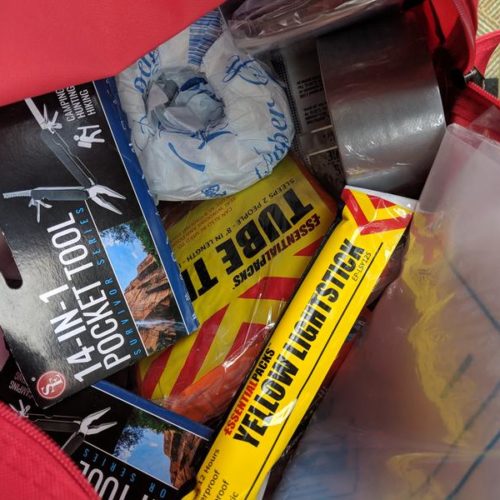
Are You ‘Two Weeks Ready’ For Post-Quake Survival? WA And OR Say You Should Be
The state of Oregon has set an ambitious goal to prepare more families in earthquake country to be “two weeks ready” after a disaster. Washington’s emergency management agency is also seeking more funding to prepare people in a similar way.
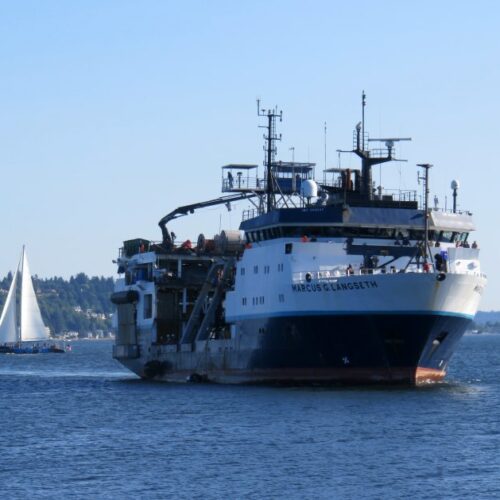
Seismic Research Ship Goes Boom-Boom To Seek Answers At Origin Of The Next Big One
Earthquake researchers are eager to dig into a trove of new data about the offshore Cascadia fault zone. When Cascadia ruptures, it can trigger a megaquake known as “the Big One.” The valuable new imaging of the geology off the Oregon, Washington and British Columbia coasts comes from a specialized research vessel.
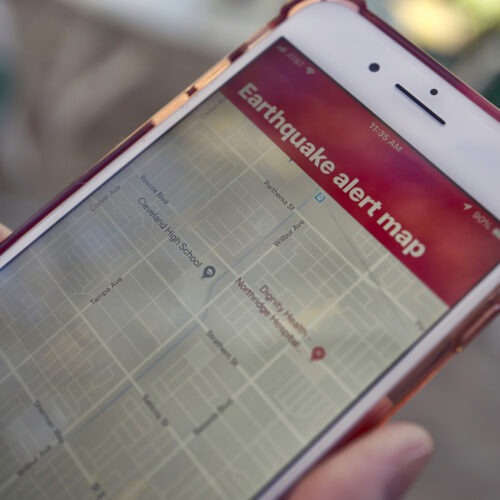
West Coast Now Covered By Earthquake Early Warning System With Addition Of Washington
Residents living on the West Coast don’t know when the next earthquake will hit. But a new expansion of the U.S. earthquake early warning system gives 50 million people in California, Oregon — and now Washington — seconds to quickly get to safety whenever the next one hits.


